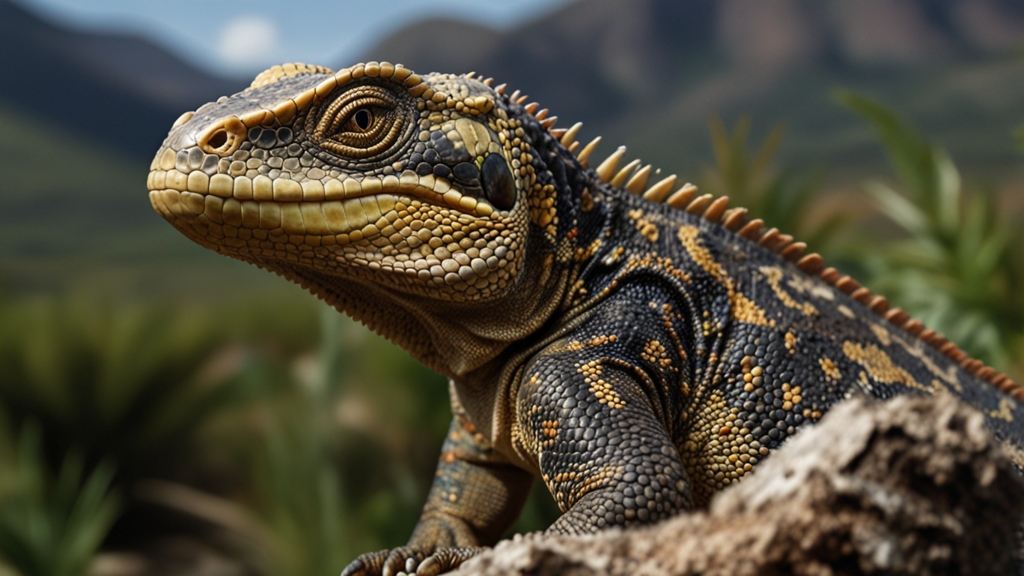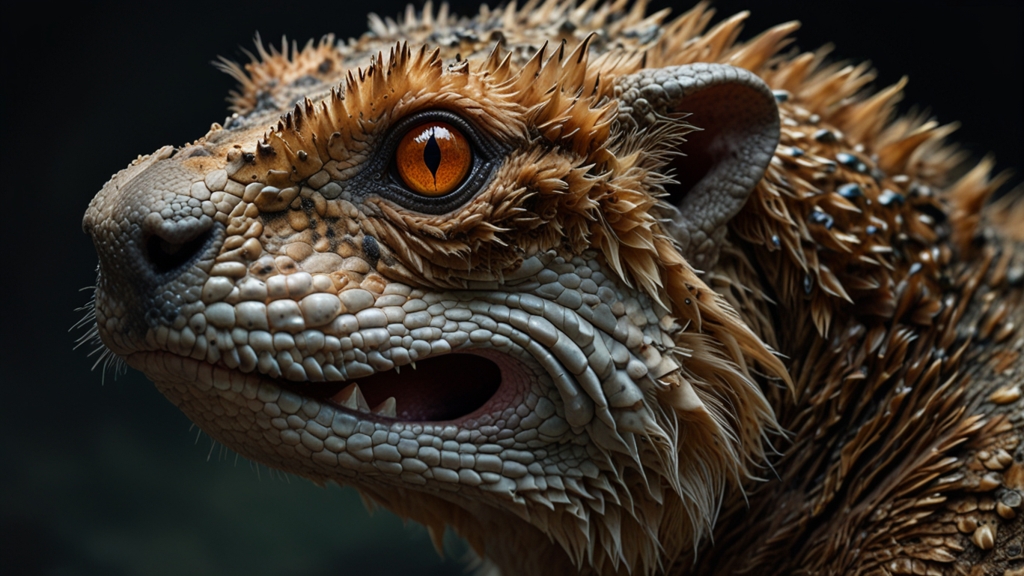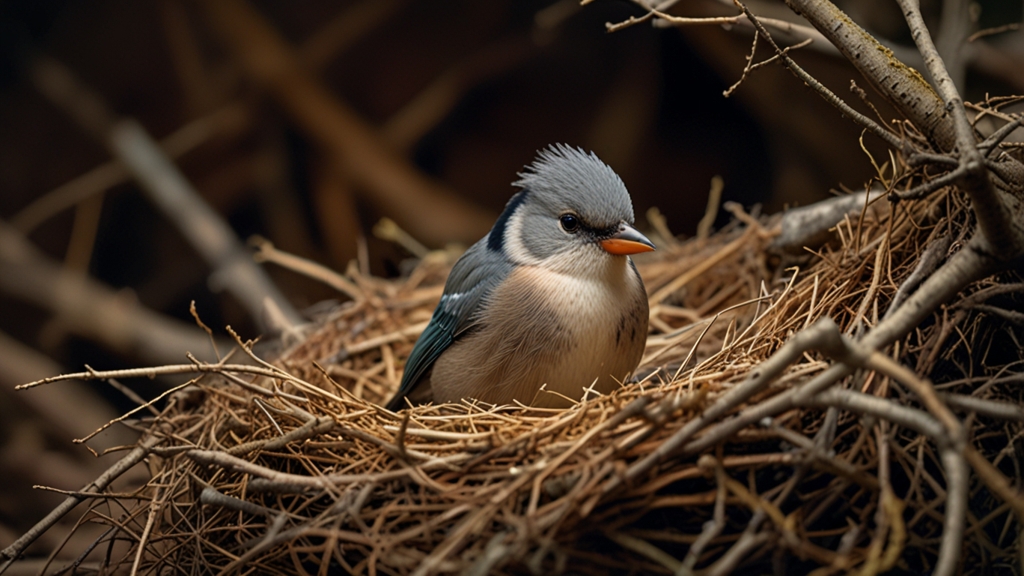Survival of the Fittest: How Reptiles Thrive in Extreme Environments
Reptiles have long captured human fascination due to their resilience and adaptability. From the sweltering deserts to the icy tundras, reptiles have carved out niches in some of the world's most extreme environments. This article delves into the remarkable strategies these cold-blooded animals employ to survive and even thrive under harsh conditions.
Temperature Regulation
One of the most significant challenges reptiles face in extreme environments is regulating their body temperature. Unlike mammals and birds, reptiles are ectothermic, meaning they rely on external sources to regulate their body heat. In deserts, for instance, daytime temperatures can soar to dangerous levels, while nighttime temperatures can plummet.
“In the sweltering desert, reptiles like the Gila monster might seek shelter in burrows during the hottest times of the day to avoid overheating. Meanwhile, species like the marine iguana of the Galápagos bask in the sun to warm up after a cold dive in the ocean.”
Reptiles in cold climates, like the common garter snake, have developed methods to avoid freezing. They may bury themselves in the ground or seek out hibernation spots where temperatures remain above freezing. Some reptiles even produce antifreeze compounds in their blood to prevent ice crystals from forming.
Hydration Strategies
Water is another critical factor for survival, especially in arid environments. Reptiles have evolved unique adaptations to cope with the scarcity of water. The thorny devil lizard, for example, has a specialized skin structure that allows it to collect morning dew and funnel it straight to its mouth. Moreover, many desert-dwelling reptiles exhibit behavioral adaptations such as being nocturnal to minimize water loss.
“Desert reptiles like the Namib Desert's sandfish skink have evolved to minimize water loss by reducing the number of times they need to excrete waste, conserving water for essential bodily functions.”
In saline environments, such as mangrove swamps, some reptiles have salt glands that excrete excess salt, allowing them to drink seawater without suffering from dehydration.
Feeding Adaptations
Finding food in extreme environments can be a daunting task, yet reptiles have various adaptations to overcome this challenge. Some reptiles are opportunistic feeders, while others have specialized diets suited to their habitats. For example, the Komodo dragon has a slow metabolism, allowing it to survive on infrequent meals, while snakes like the sidewinder can detect prey through heat-sensitive pits.
Reptiles also display remarkable hunting techniques adapted to their environments. The horned lizard, found in North American deserts, employs a sit-and-wait strategy, camouflaging itself against the sandy background to ambush unsuspecting prey.
Reproduction Mechanisms
Climate and weather conditions significantly impact reptile reproduction. Some species have flexible breeding seasons, timing their reproduction to coincide with favorable environmental conditions. The sex of many reptiles, including some turtles and crocodiles, is determined by the temperature at which eggs are incubated.
In some cases, reptiles may even retain fertilized eggs within their bodies to protect them from extreme external conditions until they are ready to lay them in a more secure environment. This strategy, known as ovoviviparity, ensures that the young have a higher survival rate.
“Certain snake species, like the European adder, have evolved to give birth to live young rather than laying eggs, providing the offspring with a more controlled environment during their most vulnerable stages of development.”
Conclusion
The ability of reptiles to adapt to some of the most extreme environments on Earth is a testament to their evolutionary ingenuity. Through a combination of physiological, behavioral, and reproductive strategies, these remarkable creatures continue to thrive where many other species would find survival impossible. As climate change and human activities increasingly alter habitats worldwide, understanding and preserving the adaptability of reptiles becomes ever more critical.
By studying these resilient creatures, scientists can gain insights into the mechanisms of adaptation and survival, knowledge that could inform conservation efforts and help protect biodiversity in our rapidly changing world.









